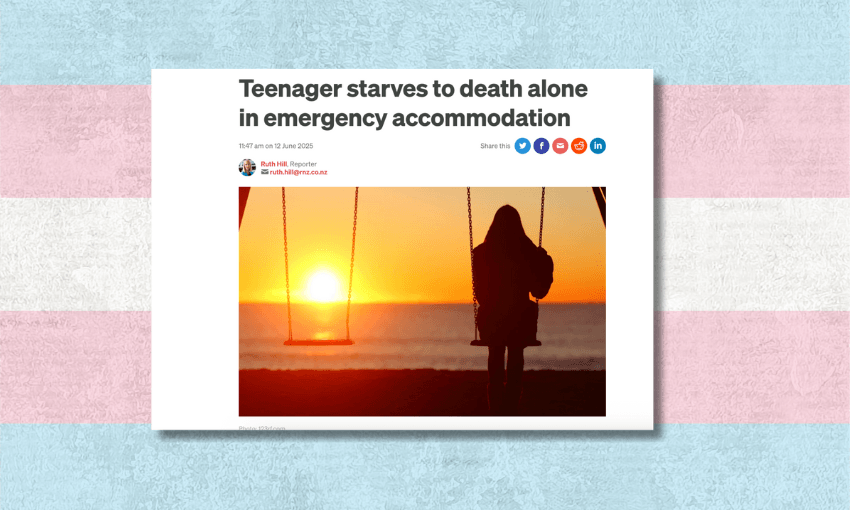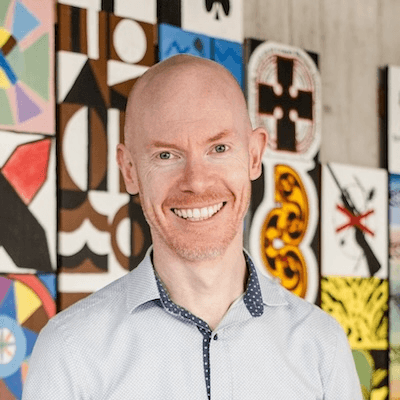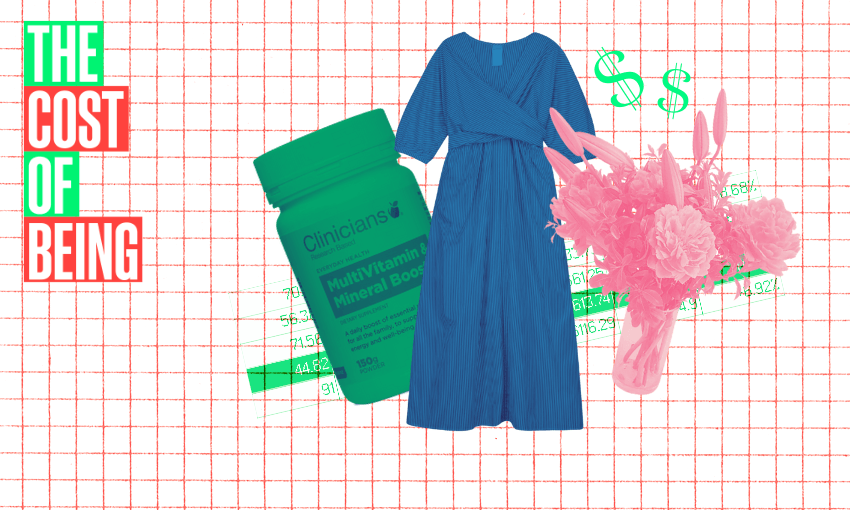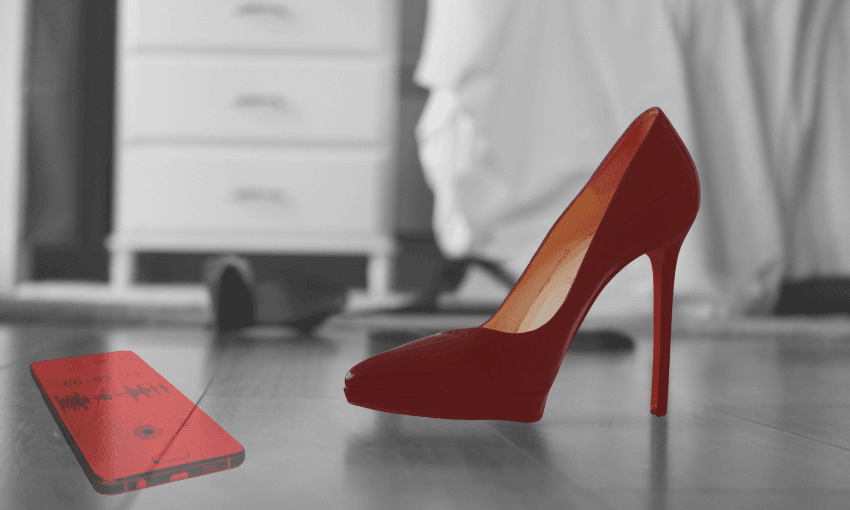This week a tragic death was reported. Media handling of the story has only increased the harm.
News broke on Thursday that V, a transgender (trans) teenager, had died alone in emergency accommodation in 2023, in the late stages of an eating disorder. It is always a tragedy when a young person dies. The grief felt by V’s parents and others who loved him must be immense. For those of us who know and love trans young people, this tragedy has an extra sting in its tail. We know trans young people face higher risks of harm than other young people, due to the impacts of stigma, discrimination and violence on their lives. As trans communities and allies work to reduce the structural barriers that put pressure on trans young people’s health and wellbeing, it is a slap in the face when media coverage actively reinforces those barriers.
The RNZ article reporting on the events surrounding V’s death reproduces several harmful messages about trans young people. As researchers working on school and family support for trans young people, we know what damage this messaging causes. Below we offer perspectives that affirm the rights of trans young people to be recognised and supported for who they are.
It is normal to be trans
Being trans is part of the diversity of being human. Trans people have always existed, all around the world. The RNZ article is peppered with subtle and overt suggestions that being trans is a problem, reflecting an outdated treatment of trans people within Western medical science. In Aotearoa we uphold people’s rights to be trans. We now have laws to protect trans people from “conversion practices” because we know how harmful it is to suggest that being trans is an illness and a problem. Telling someone there is something wrong with them because they are trans, when their experience of gender is perfectly normal, will not support their mental health.
Other people do not cause someone to be trans
Each person’s sense of gender is highly personal and unique to them. The article says that V “became” non-binary after “being introduced to the concept of gender diversity” at high school, implying that this education made V non-binary. It also notes that “immediately after a messy break-up with [a] boyfriend”, V “started identifying as a boy”. This framing suggests that V’s school and breakup were reasons why he “became” trans. Being trans is not something you can catch like a virus from your school, or because you can’t manage a breakup. But supportive schools are more likely to create the conditions where young trans people can feel confident to share and celebrate their identity with others, enabling them to learn and thrive.
Autistic people know who they are
Many trans people are neurodivergent – for example, they may be autistic or have ADHD. In the most recent Counting Ourselves survey of trans and non-binary people in Aotearoa, over two thirds identified as neurodivergent. There is no basis for claiming that neurodivergent people do not know their own gender, but this is a common narrative used to restrict autistic young people’s access to gender-affirming care. Trans people exist. Neurodivergent people exist. People who are both trans and neurodivergent exist. None of these things are a problem.
Young people’s gender can shift and that’s OK
Trans young people can move through a range of different gender identities as they figure out who they are. The article implies doubt that V was trans because his gender identity apparently shifted over time. By highlighting these shifts, the article reflects ideas that being trans is never really real, but rather some departure from a normal state. Drawing attention to shifts in gender identity also reinforces the message that something made him trans and he could be “fixed” or “return” to being cisgender (not trans). Framing V’s gender in this way implies his transness was a central part of his mental health issues, rather than a fundamental part of his identity that needed to be recognised and affirmed by those involved in providing him care.
Treatments for disordered eating must take gender into account
Disordered eating is common among trans young people, with 39% of trans youth participants meeting the threshold for the likely presence of an eating disorder in the most recent Counting Ourselves survey. V clearly did not receive appropriate treatment for the eating disorder that took his life. Oddly, a psychiatrist is said to have recommended that the parents not affirm V’s gender as this might interfere with his recovery from disordered eating, but effective treatment of disordered eating among trans young people must take their gender into account.
Gender-affirming language is important
Using a trans young person’s chosen name and pronouns shows you believe and support them in their gender. In the article, the parents use the name and pronouns they gave their child at birth, despite V having chosen a new name and going by he/him pronouns. RNZ’s Rainbow Communities Reporting and Content Guidelines state that articles should use the name and pronouns a person tells them to use, but the author chose to use a range of pronouns and names for the young person, based on the dubious rationale that the young person is not alive to state their wishes. Due to the poor timing of publication, before the release of the formal coronial report, no other professionals involved were able to gender V correctly. This is an attack on the mana of this young person.
Family support saves lives
Research shows that family support helps trans young people stay safe and well. A key finding of the 2022 US Trans Survey, published this week, was that family support is not just important for health – it is lifesaving. Respondents with supportive families reported substantially better health and fewer thoughts of suicide than those with unsupportive families. The only heartening aspect of this tragic story is the glimpses of support that V may have received before he died. One of these was the manager at the emergency accommodation where he lived for the last three months of his life. The manager said of V: “My main concerns were ‘Can I help this person become more resilient? Can I help them find happiness? Can I help them get hold of life somehow and enjoy it?’” We can all show support for the trans young people we have in our lives.
Trans young people can thrive
The article paints a very upsetting picture for trans young people and their whānau. However, many trans young people in Aotearoa do have supportive whānau and those who do not are often adept at finding support in other places when support is lacking at home. Young people get support from family (biological or chosen), school, medical and social services, and organisations that support rainbow youth. Organisations supporting rainbow youth are struggling in the current political and economic climate, and deserve all our support.
Th RNZ article has greatly distressed many trans people, parents, community organisations, counsellors, teachers and health professionals. This is not only because of the pain we feel at the loss of another young trans person who did not get the care he needed, but because of the way his story was framed. Messaging that pathologises trans youth causes a great deal of harm. It is time to stop conflating being trans with being sick and look at where the real sickness lies – the lack of care we provide as a society to our precious trans young people, who deserve so much better.
Julia de Bres is Associate Professor at Massey University, where she researches family support of transgender young people in Aotearoa. John Fenaughty is Associate Professor at the University of Auckland, where he specialises in the wellbeing of rainbow young people in schools. He led the Identify Survey of takatāpui and rainbow young people in New Zealand.
Helplines
OutLine NZ – 0800 688 5463 (OUTLINE) is a rainbow helpline that provides confidential telephone support.
Youthline – 0800 376 633, free text 234 or email talk@youthline.co.nz or online chat.
Need to talk? Free call or text 1737 any time for support from a trained counsellor.
Lifeline – 0800 543 354 (0800 LIFELINE) or free text 4357 (HELP).






